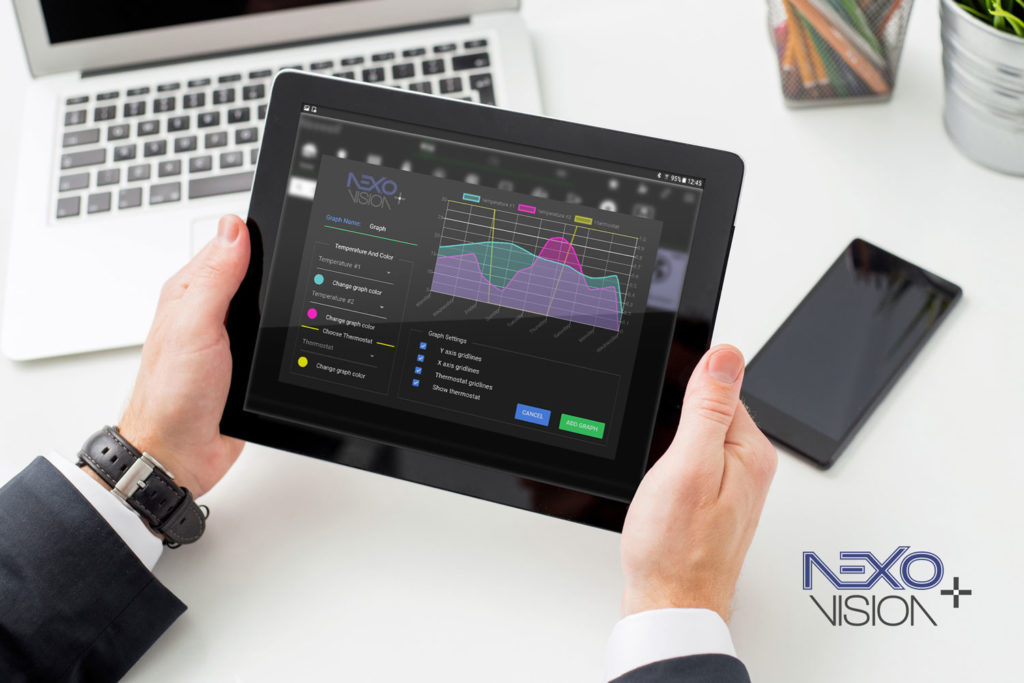SYSTEM INTELIGENTNEGO DOMU

System built for single-family construction, including alarm subsystem and automation subsystem, allowing full integration of technical installations of the house – including lighting, heating, automatic gates, shutters and sprinklers as well as video intercom and CCTV.
The basic functionality of the Nexo system is the ability to integrate a very large number of devices, which are generally installed in each new home. The more resources the more possibilities, and functionality depends only on the proverbial “customer’s imagination” and the efficiency of the installer.

See a day in the life of the Nexwell smart home

The heart and brain of the system in a few words
See the animation about Nexo

SMART HOME – HOME AUTOMATION
In the past, this technology was only an effect of the imagination of the creators of science-fiction films, many years ago it became a fact and is now widely used. Properly designed automation for the home is a way to so-called smart building that makes staying in it pleasant and performing many activities simple and effortless. We offer you a solution that facilitates your daily functioning, which will not only increase personal comfort, but also become a source of savings. A smart building is nothing more than a combination of lights, blinds, alarm system, room temperature regulation, sockets, garage doors or garden management, which are integrated with the activity and needs of their users. In such designs, the systems controlled by the motherboard manage most of the operations. It is possible to integrate all the electronic and electrical systems with the navigation unit and execute pre-entered commands.
Thanks to the placement of sensors, the installation will receive data on individual zones of the smart building and on the basis of their analysis will take the action for which it has been programmed.

HOW HOME AUTOMATION WORKS?
The integration of the residential facility with the system allows dual functionality. Smart installations in the building can operate automatically. Sensors collect information and send it to the management center, which analyzes the data. Based on this process, appropriate activities are triggered. For example, a smart home can check the presence of people in a given room and the associated need for the lights to be on. When no one is in the area, the home automation automatically turns off the lights so as not to waste energy. The second management method offered by a smart building is manual control of individual systems, which a resident can perform from anywhere with just one button.




WHAT SYSTEMS CAN CREATE SMART HOME INSTALLATIONS?
The user gets huge opportunities. The smart home can operate almost all electrical, electronic and mechanical systems. There is the opportunity to integrate within the home automation management of lighting, heating, water supply, control blinds, opening windows, turning on and off equipment or navigating the door, gate, entrance gate, garage door and other elements of the building.

WHAT DOES A SMART BUILDING SYSTEM CONSIST OF?
The whole process takes place thanks to the presence of several elements. The central unit, which is the most important component, connects to a network of sensors that, using a cable connection, send a series of collected information to it. With another part, or a special platform, the smart building can make decisions on its own whether to carry out the activities or leave them to the residents. The use of home automation therefore requires the installation of the central unit, sensors and software installations, and access to the network.